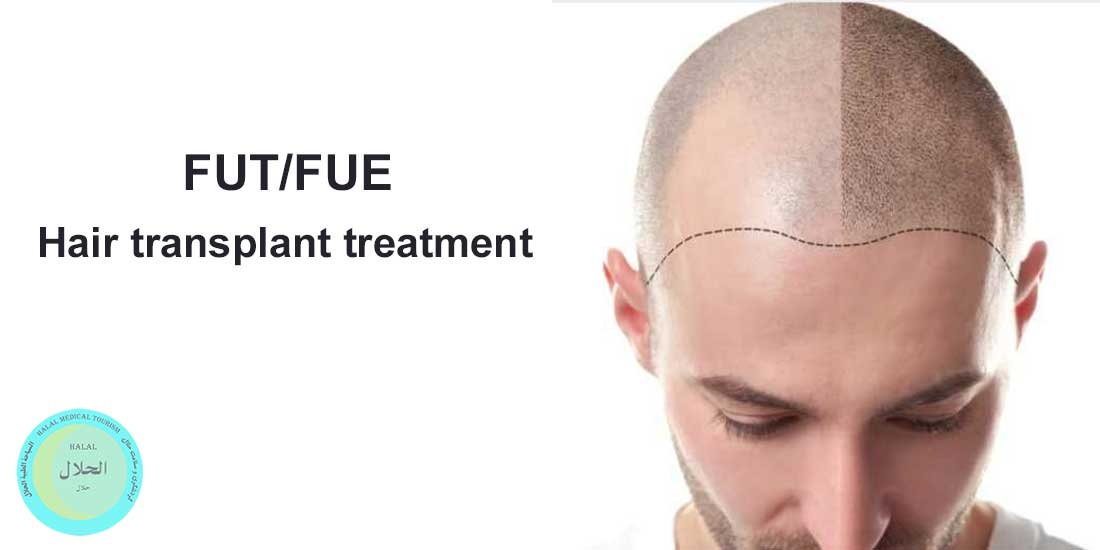Hair transplant


Hair transplant is a surgical procedure that involves moving hair follicles from one part of the body (usually the back or sides of the scalp, where hair is thicker and more resistant to balding) to another part that is thinning or balding. It’s primarily used to treat male pattern baldness, but it can also be used to restore hair in women and to address hair loss due to injury or medical conditions.
There are two primary methods of hair transplantation:
The transplantation process involves careful planning and precision to ensure natural-looking results. The transplanted hair follicles continue to grow hair naturally in their new location, providing permanent results. However, it’s important to note that the success and aesthetic outcome of a hair transplant depend on various factors, including the skill of the surgeon, the quality of the donor hair, and the patient’s individual characteristics.
After the procedure, there is usually a recovery period during which the transplanted hair sheds before new hair growth begins. It may take several months for the full results of the transplant to become apparent.
Hair transplant surgery is generally considered safe and effective, but like any surgical procedure, it carries some risks, such as infection, bleeding, and scarring. It’s essential for individuals considering a hair transplant to consult with a qualified and experienced surgeon to determine if they are suitable candidates and to discuss the potential benefits, risks, and expected outcomes of the procedure.
